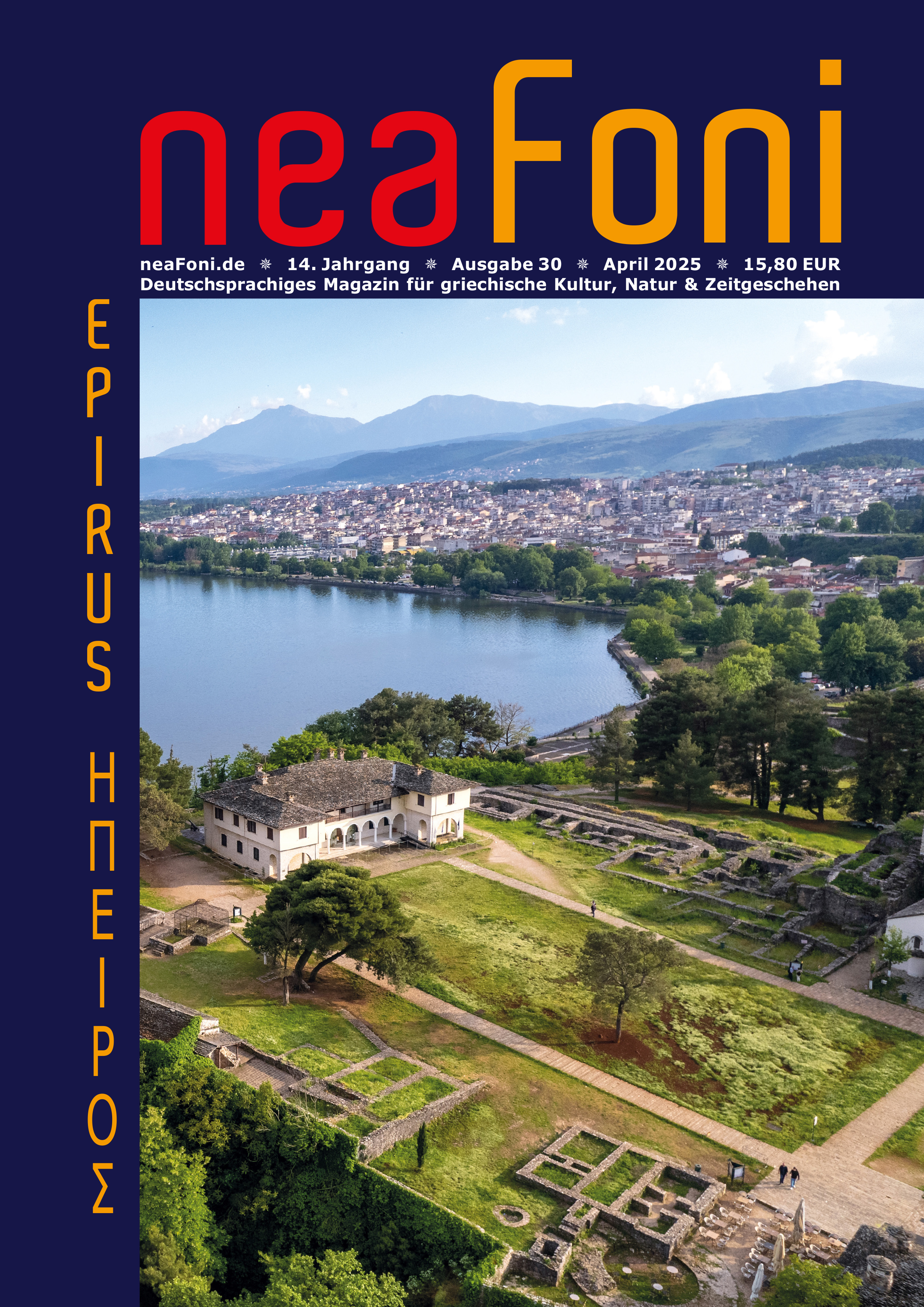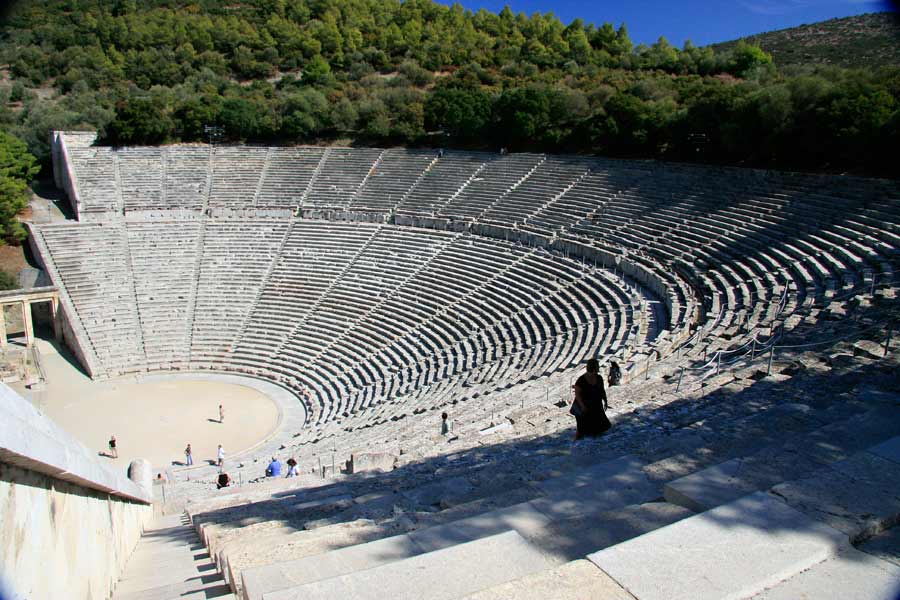Inmitten der Argolis, gut 30 km von Nafplio, liegt beim heutigen Dorf Ligurió in einem Hochtal das Heiligtum des Heilgottes Asklepios, ein weiträumiges Ausgrabungsgelände, das größtenteils von dem griechischen Archäologen Kavvadias zwischen 1879 und 1928 ausgegraben wurde und in dem seit 1948 v. a. der griechische Antikendienst weitere Untersuchungen durchführt.
Das Heiligtum, in dem Siedlungsspuren seit dem 3. Jt. v. Chr. beim Berg Kynortion nachgewiesen sind, steht seit 1988 auf der Liste der UNESCO-Weltkulturerbestätten und ist eine Kultstätte des Heilgottes Apollon Maleatas und seit der klassischen Zeit des Asklepios, der schon vorher in Thessalien verehrt worden war.
Überstrahlt wird das Asklepiosheiligtum, das ab dem 7. Jh. v. Chr. allmählich Gestalt annahm und bis ins Jahr 426 n. Chr. als Kult- und Heilstätte in Betrieb war, von dem in einen Hang gebauten Theater aus der Zeit um 330 v. Chr.
Das bis zu 14000 Personen fassende und um 170 v. Chr. umgebaute und mit einer halbkreisförmigen Zuschauertribüne ausgestattete Theater besitzt eine hervorragende Akustik und ist seit den 1950er Jahren alljährlich Schauplatz der Festspiele von Epidauros.
Vor ihm breitet sich das Heiligtum mit den Propyläen, dem Asklepiostempel, der berühmten Tholos, einem Rundbau des 4. Jhs. v. Chr., dem Abaton für die Kranken und weiteren wichtigen Bauten aus, während auf dem Gipfel oberhalb des Theaters Reste des Kultes des Apollon Maleatas vorhanden sind.
Dazu muss das ca. 13 km entfernt liegende Hafenstädtchen Alt-Epidauros mit Resten einer antiken Bebauung gezählt werden.
EPIDAUROS - Weltkulturerbe der UNESCO
237 Wörter 1 Minute 1.301 × gelesen
55 Bilder für das Keyword Epidauros gefunden.





